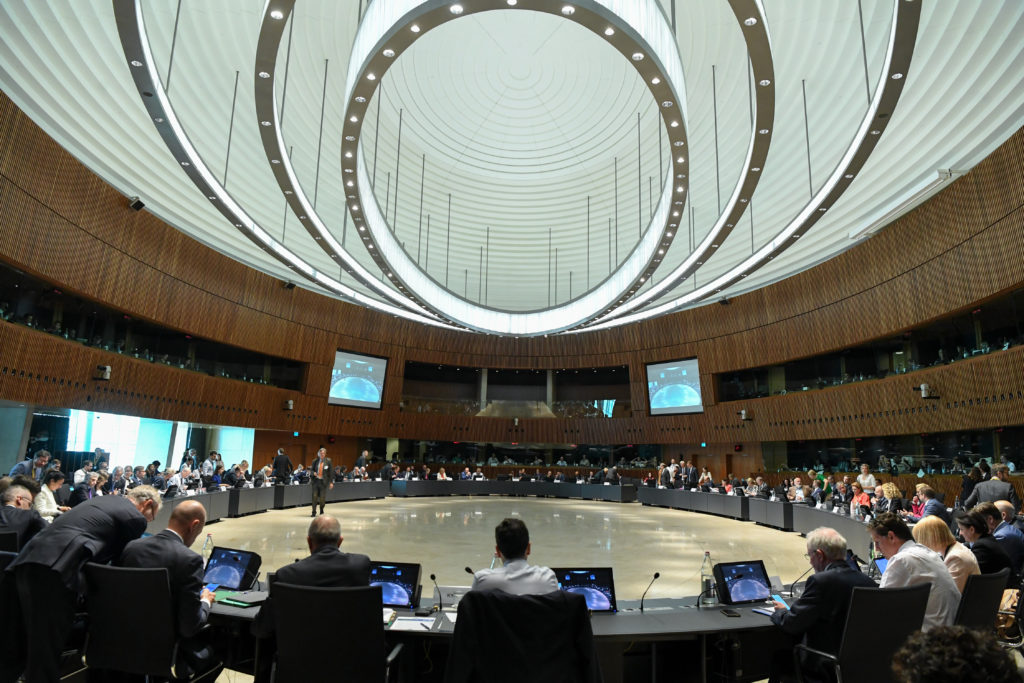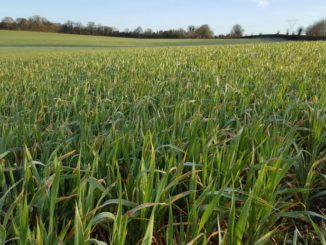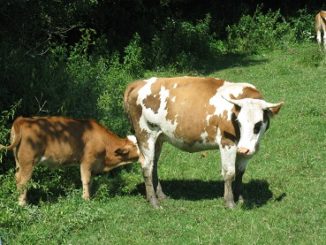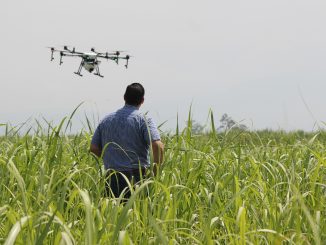
The Nature Restoration Law took a step forward this week, with environment ministers from around Europe coming together to adopt an agreed position. 20 member states, representing over 2/3 of the EU’s population, voted to accept the file presented to them. This qualified majority means the Council now has a position for trilogue. So what happened and what’s next?
What happened?
Environmental Ministers from the EU’s member states yesterday (June 20th) reached agreement on the nature restoration law. The Council of Ministers meeting in Sweden saw the necessary qualified majority of member states and of population adopt the proposed general approach.
Read/download the now agreed general approach of the Council position as of 20.06.23
Belgium and Austria abstained, while Netherlands, Poland, Finland, Italy and current presidency holder Sweden voted against it. Denmark’s position was unclear before the vote, but it ultimately supported the agreement. All other member states were in favour.
Qualified majority required at least 15 member states and at least 65% of the population to approve. So while 20 member states approved, the population majority was far closer, at 66.13%, or just 1.13% above the threshold.
What’s next
This vote means the Council now has a position to go into negotiations with the Parliament (trilogue). The Parliament’s position is still unclear, with its ENVI (Environment) committee still to complete its votes on amendments and on a final version of the text.
The final vote in ENVI may see a ‘win, lose or draw’ – and a draw of 44-44 MEPs is in fact what happened when the rejection amendment to the NRL was itself rejected. (Under the rules a draw allowed it to progress)
With another draw, the rejection plus amendments goes to plenary, where more amendments can also be tabled.
Indeed it has been reported that ENVI chair Pascal Canfin of Renew has already indicated that he will try to bring the Parliament and Council position closer. The Frenchman will, it has been reported, bring amendments into the text to be voted at plenary, now that the Council general approach has been adopted.
In any case, once any NRL text of any sort emerges from the Parliament’s plenary, the legislative process continues. Further, the Council has traditionally held the upper hand in negotiations with the Parliament, so it is likely that the general approach of the Council will be close to what is finally agreed as the Nature Restoration Law.
Trilogue would not start until after the Summer break, and under the Spanish presidency of the EU. This would then come into law in early 2024, before elections on 9th June 2024.
What, exactly, is in the Council general approach? Big picture.
The agreed text establishes a framework for area-based restoration measures to cover at least 20% of the EU’s land and sea areas by 2030, and all ecosystems in need of restoration by 2050.
The Council agreed that member states must improve at least 30% of habitats in terrestrial, coastal, freshwater, and marine ecosystems that are not in good condition by 2030. This will apply to at least 30% of the total area of the habitat types deemed not to be in good condition.
This is in line with the targets for restoring degraded ecosystems in the Kunming-Montreal Global Framework for Biodiversity, which the EU signed up late last year.
The general position also sees restoration measures set at least 60% by 2040 and on at least 90% by 2050 of the area of each habitat group not in good condition.
Some financial security has also been introduced. A provision has been added asking the Commission to submit a report, one year after the entry into force of the regulation, with “an overview of financial resources available at EU level for the purposes of implementing this regulation”. This will include an assessment of the funding needs for implementation, an analysis to identify any funding gaps and the potential establishment of dedicated funding.
Exceptions, exemptions, caveats….
Exceptions to restoration targets are in the legislation, such as marine areas with soft sediment habitats. In this case, member states can apply a lower percentage for the targets, and the 2030 target wouldn’t apply.
The non-deterioration obligation, preventing further degradation of habitats and ensuring that Member States can reach the restoration targets in the most cost-effective way, has been weakened. Its scope has been significantly reduced, though in the less important recital section of the text.
As we revealed when we first obtained a draft council position, Annex IV sees some productivity allowable in high diversity landscape features (HDLF), though less than the Parliament has been considering.
The Council is proposing productivity which “is necessary for the preservation of biodiversity” and “low input treatment with solid manure”. (There is no reference to whether this is biodiversity within the HDLF, or elsewhere: if the latter interpretation is taken, this is effectively an opt out; if the former, there is some justification).
Caveats have been added to ease the adoption of renewable energy as an “overriding public interest” (Article 5a), with military exemptions (“national defense”) similar added (article 5b).
The contentious changes in article 9 to restoration and rewetting, seen in earlier drafts, and reported on already by ARC2020 remains: a reduction in restoration from 50 to 40% by 2040 and a reduction from 70 to 50% by 2050. This then impacts the rewetting targets which are half the overall restoration targets.
The burden-sharing targets have been increased from 20 to 40% to areas outside of agriculture and peat extraction. This is in line with the Parliament’s likely position.
However a huge caveat is introduced in article 9: “Where duly justified, the extent of the rewetting of peatland under agricultural use may be reduced to less than required…by a Member State if such rewetting is likely to have significant negative impacts on infrastructure, buildings, climate adaptation or other public interests and if rewetting cannot take place on other land than agricultural land”.
“Other public interests” here is in effect a carte blanche for member states to shape progress on their own terms, largely neutralising the EU Law aspect of the Nature Restoration Law. How this change to article 9 is dealt with in trialogue will be interesting to say the least.
Article 16 on access to justice has been completely removed. While this may be concerning, ministerial advisors have informed ARC2020 that this is effectively covered under Aarhus Convention, so is unnecessary. Others have however emphasised how weak Aarhus already is, being violated and applied unevenly in different member states.
Next steps
In the counter-intuitive logic of getting a law agreed by a majority in both the Council and the Parliament, weakening of environmental components means increasing the likelihood of acceptance of the NRL.
There are already signs that some EPP MEPs are wavering, despite the increasingly belligerent line taken by the parties’ top brass, including one of the EPP’s Vice-Presidents Francis Fitzgerald.
This belligerence has seen unusual tactics – such as accusing ENVI chair Pascal Canfin of Renew, of deliberately slowing the voting on the 20th – despite an extension and one of the longest voting sessions in the Parliament’s history.
Meanwhile Canfin has continued trading jibes with the EPP’s Manfred Weber, emphasising how many member states with EPP parties in government voted to adopt a general position on the NRL:
COPA COGA has already come out with a new attack strategy, trying to suggest that the law itself is illegal in the first place. In COPA’s Statement on the Council position the lobby states:
“prominent academics have commented that the law itself is founded incorrectly on Article 192.1 of the TFEU, instead of Article 192.2 which concerns measures affecting land use, water resource management, and land and country planning. Thus, fundamentally changing the legal basis for this law and its subsequent procedures in the Council.”
Meanwhile environmental NGOs have sounded optimism: “Europeans let out a collective sigh of relief as the majority of Member States embrace their responsibility to champion the Nature Restoration Law, safeguarding our resilient future.” Sofie Ruysschaert, Nature Restoration Policy Officer at Birdlife Europe.
Conclusion
Overall the Council position, representing as it does 20 member states and, more importantly, an adopted general position for all, represents a huge step forward for the likelihood of the NRL becoming law.
Even member states abstaining and rejecting at least acknowledged as a positive step the flexibilities introduced. This also may impact MEP votes at plenary.
The timeframe is tight. It is noteworthy that Spain – which takes the EU Presidency for the second half of the year, was one of just four member states to write to the Swedish presidency, to ensure the NRL stayed on the agenda for the 20th, after rumours that it was going to be bumped off. It is also worth noting that current EU presidency Sweden was one of just five member states to vote against the NRL.
The contested progress of this crucially important piece of legislation continues.
More
Nature Restoration Law avoids rejection in Parliament’s Environment Committee – what’s next?
Nature Restoration Law | No, 10% of land will NOT be abandoned under NRL
Rewetting Survives, Natura 2000 areas ringfenced in Environment Committee Text
Nature Restoration Law News – Environment Committee Edging Towards Deal as EPP walks out






1 Trackback / Pingback
Comments are closed.